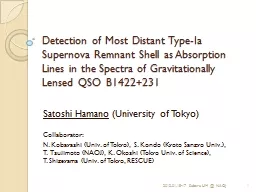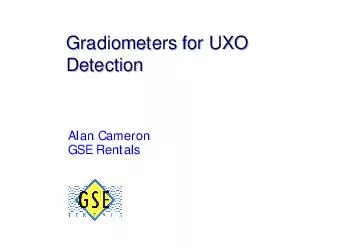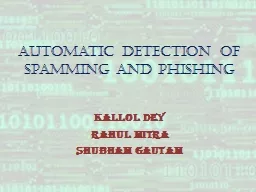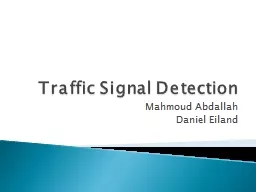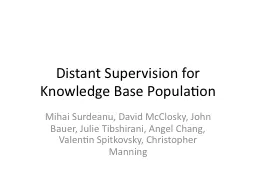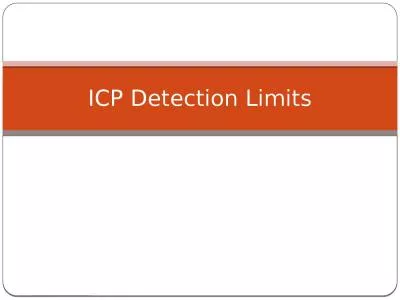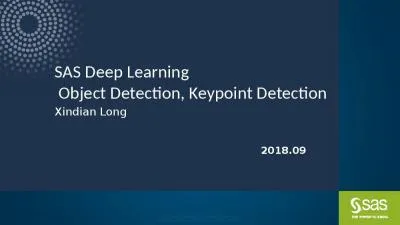PPT-Detection of Most Distant Type-
Author : alida-meadow | Published Date : 2016-07-01
Ia Supernova Remnant Shell as Absorption Lines in the Spectra of Gravitationally Lensed QSO B1422231 Satoshi Hamano University of Tokyo Collaborator N Kobayashi
Presentation Embed Code
Download Presentation
Download Presentation The PPT/PDF document "Detection of Most Distant Type-" is the property of its rightful owner. Permission is granted to download and print the materials on this website for personal, non-commercial use only, and to display it on your personal computer provided you do not modify the materials and that you retain all copyright notices contained in the materials. By downloading content from our website, you accept the terms of this agreement.
Detection of Most Distant Type-: Transcript
Download Rules Of Document
"Detection of Most Distant Type-"The content belongs to its owner. You may download and print it for personal use, without modification, and keep all copyright notices. By downloading, you agree to these terms.
Related Documents

